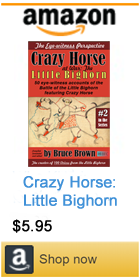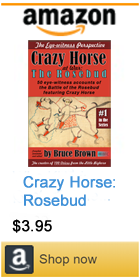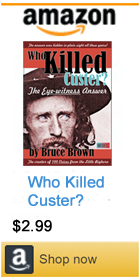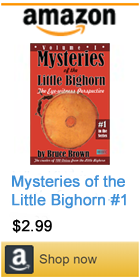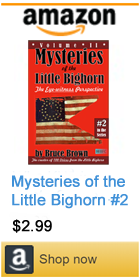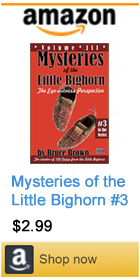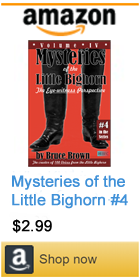|
||||||||||||
Bruce Brown's 100 Voices... Bobtailed Horse's Story of the Battle
BOBTAILED HORSE'S STORY OF THE BATTLE
Bobtail Horse, an Elk warrior, was also an "elk dreamer," and, like most members of his warrior society, had had a vision of an elk some years earlier, and from this now derived long life and power as a fighting man. As any Cheyenne knew -- and any Sioux, for that matter -- an elk's tooth was indeed holy medicine, for it endured after all else crumbled to dust. All afternoon Bobtail Horse had been drilling a hole through an elk tooth, preparatory to tying it onto a hair ornament to wear as a battle charm. When the alarm had gone up at the far end of the village, he had held back-not through any reluctance to fight, but simply because the charm was not yet ready. He would have been foolhardy indeed to charge into battle without it. At last he drilled through the tooth, using a scrap of white man's steel to enlarge the hole. Threading it on a rawhide thong, he attached it to a small hoop decorated with porcupine quillwork. He then fixed the hoop to his scalp braid, close to the head. Ready for war, he grabbed up a handful of bullets and his old muzzle-loader and left the lodge. Striding toward his hobbled pony, he fiddled with a twenty-foot rope of rawhide, fashioning a crude bridle to slip over the horse's head. Suddenly he stopped short. Looking above the tepee tops to the tumbled ridges across the river, Bobtail Horse could see most of Medicine Tail Coulee. Down it rode dusty blue soldiers at a dead run. "Nutskaveho!" he shouted. "White soldiers are coming!" The words seemed a hollow echo of Two Moon's earlier warning; few heard them. From his guard post in front of the medicine lodge, Roan Bear came running, at his heels White Cow Bull, the Ogalala, who had stood by him through the long day. Both had been regretting the circumstances which had kept Roan Bear at his post when so much excitement was going on at the far end of the village. Yet this saved the day for them. With the soldiers obviously bent on attacking the all but defenseless Cheyenne camp, Roan Bear was justified in leaving his post in an effort to keep the troops away from the sacred Buffalo Head in the medicine lodge. "They're coming this way!" Bobtail Horse warned. "Across the ford!" While Roan Bear and White Cow Bull caught their hobbled ponies, a fourth warrior darted out of one of the lodges where he had been carefully painting his face for battle. Jumping on his own mount, he quickly joined Bobtail Horse. He was Calf, a Crazy Dog warrior, one of a soldier band looked down upon by the Elks and Foxes as uncouth fighters who lacked responbility. Crazy Dog or no, Bobtail Horse was glad to have him on hand... Custer's Fall: The Indian Side of the Story by David Humphreys Miller, University of Nebraska Press, Lincoln, NE 1957 p 123 - 128
Miller frequenlty made pastel sketches of the Sioux survivors of the Battle of the Little Bighorn whom he interviewed. Some of Miller's portraits are exceptionally fine evocations of the historic personalities in their own right, such as his portraits of Lazy White Bull and Old Eagle and Black Elk late in life. Click here for information of David Humphreys Miller's sources among the Sioux, Cheyenne, Crow, Arikara and Apapaho. This material was excerpted from Custer's Fall by David Humphreys Miller. -- B.B.
|
||||||||||||



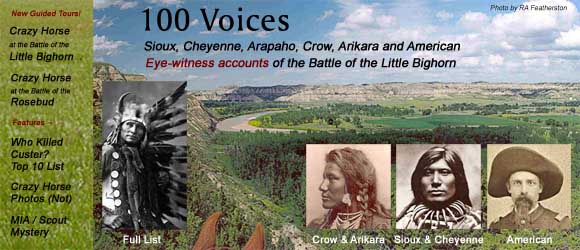
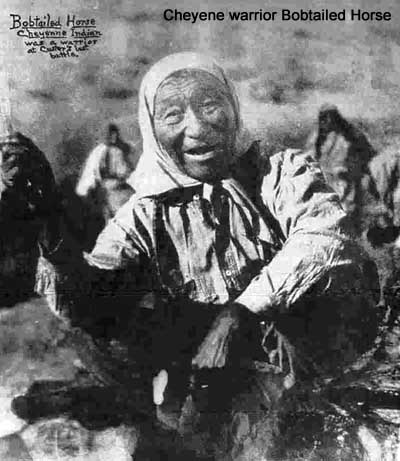
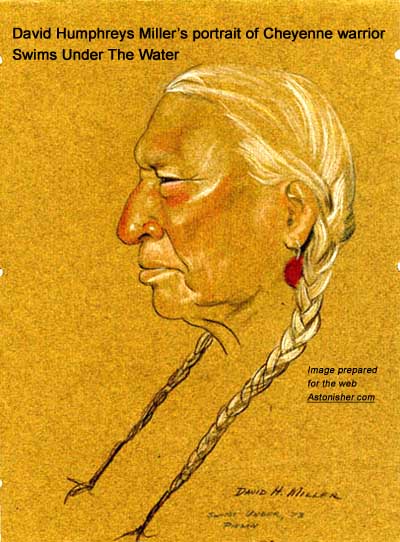 Although not born into the Teton Sioux, David Humphreys Miller was adopted late in life by both
Although not born into the Teton Sioux, David Humphreys Miller was adopted late in life by both 
